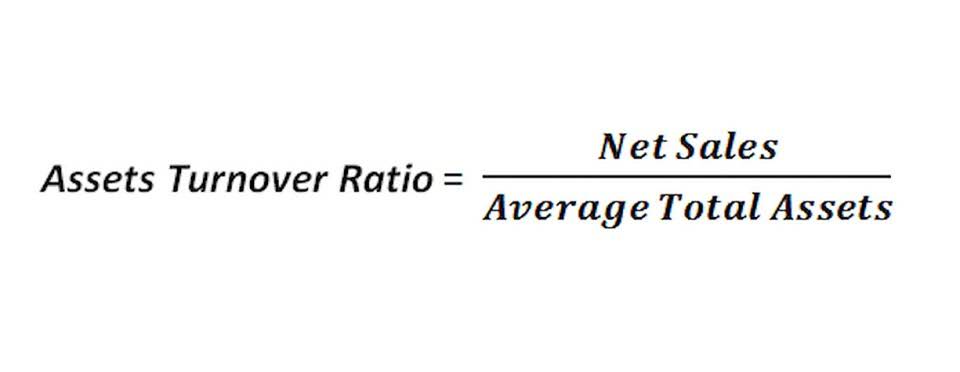
When you invest in a company, you’re essentially buying shares, which grants you a tiny piece of the ownership pie. The total number of shares outstanding represents the entire ownership of the company. The above formula is known as the basic accounting equation, and it is relatively easy to use.
- As per the formula above, you’ll need to find the total assets and total liabilities to determine the value of a company’s equity.
- Under a hypothetical liquidation scenario in which all liabilities are cleared off its books, the residual value that remains reflects the concept of shareholders equity.
- Each type of equity plays a distinct role in understanding a company’s financial health and ownership structure.
- Stockholders’ equity, also known as shareholder equity, is the total amount of assets that a company would retain if it paid all of its debts.
- Equity fluctuations can reveal a lot about a company’s financial health and performance over time.
- These figures allow for a precise shareholder equity calculation, offering an overview of the owners’ stake.
- Market fluctuations can greatly affect the valuation of equity investments, leading to varying degrees of investment risks.
Implications for the Business
VJM Global helps U.S. businesses and CPA firms maintain accurate financial records for clear equity reporting. We handle bookkeeping, balance sheet preparation, and equity reconciliation to ensure your financials total equity formula are audit-ready and GAAP-compliant. Now, let us understand how to calculate total equity step-by-step in detail below. If a company’s equity is negative for a prolonged period of time, it can amount to balance sheet insolvency. Purchasing a company’s stock over time gives the privilege or the right to vote in a board of directors elections. It also yields capital gains for the shareholder and potentially dividends.

Stockholders’ Equity and Paid-in Capital

With a low equity base, the company may be struggling with its debt levels, making it harder to secure loans or attract investors. If the company is unable to manage its debts effectively, it may face difficulties in paying interest or principal repayments. The equity Formula states that the total value of the company’s equity is equal to the sum contribution margin of the total assets minus the total liabilities. Moreover, recognizing the implications of shareholder rights, investment influences, and earnings recognition methods further enhances your analysis. As market conditions fluctuate, it’s crucial to regularly update and adjust equity figures to reflect the current financial landscape accurately. Changes in ownership affect equity adjustments, impacting your financial statements.
- The company also reported an accumulated other comprehensive loss of $7.2 billion.
- Retained earnings are usually the largest component of stockholders’ equity for companies that have operated for many years.
- For instance, in looking at a company, an investor might use shareholders’ equity as a benchmark for determining whether a particular purchase price is expensive.
- It suggests all assets are fully encumbered by debts, providing no additional wealth or capital beyond what is owed.
- Welcome to the Value Sense Blog, your resource for insights on the stock market!
- Accurate financial reporting is vital for maintaining investor trust and guaranteeing sound decision-making.
- Retained earnings are typically reinvested back into the business, either through the payment of debt, to purchase assets, or to fund daily operations.
Assets, Liabilities, and Equity on a Balance Sheet

If this figure is negative, its liabilities exceed its assets; this can deter investors who view such companies as risky. Shareholders’ equity isn’t the sole indicator of a company’s financial health, however. It should be paired with other metrics to obtain a more holistic picture of an organization’s standing. Incorrectly classifying assets or liabilities can lead to errors in calculating equity. It is crucial to accurately categorize assets and liabilities as current or non-current and to include all relevant items in the balance sheet.

Conversely, business decline or financial challenges can have a negative impact on equity as it may result in reduced revenues, losses, and asset write-downs. For https://shop.fortuna.scnct.io/what-are-payroll-expenses-and-payroll-costs-a/ example, if a company takes on a loan of $50,000, it would increase the company’s total liabilities by $50,000. If the company’s total assets remain the same, the increase in liabilities would directly decrease the company’s equity by $50,000. For example, if a company purchases a piece of machinery for $100,000, it would increase the company’s total assets by $100,000. If the company’s total liabilities remain the same, the increase in assets would directly increase the company’s equity by $100,000.
- Shareholders’ equity includes preferred stock, common stock, retained earnings, and accumulated other comprehensive income.
- Investors use total equity to assess the financial strength and growth potential of a company.
- A negative shareholders’ equity means that shareholders will have nothing left when assets are liquidated and used to pay all debts owed.
- The shareholders’ equity is the remaining amount of assets available to shareholders after the debts and other liabilities have been paid.
- If shareholders’ equity is positive, that indicates the company has enough assets to cover its liabilities.
- At some point, the amount of accumulated retained earnings can exceed the amount of equity capital contributed by stockholders.
What are the Types of Equity in Business?
The first is the money invested in the company through common or preferred shares and other investments made after the initial payment. The second is the retained earnings, which includes net earnings that have not been distributed to shareholders over the years. Total Equity is the value that would be returned to a company’s shareholders if all the assets were liquidated and all the company’s debts were paid off. It is calculated by subtracting total liabilities from total assets of the company. When calculating the shareholders’ equity, all the information needed is available on the balance sheet – on the assets and liabilities side. The total assets value is calculated by finding the sum of the current and non-current assets.